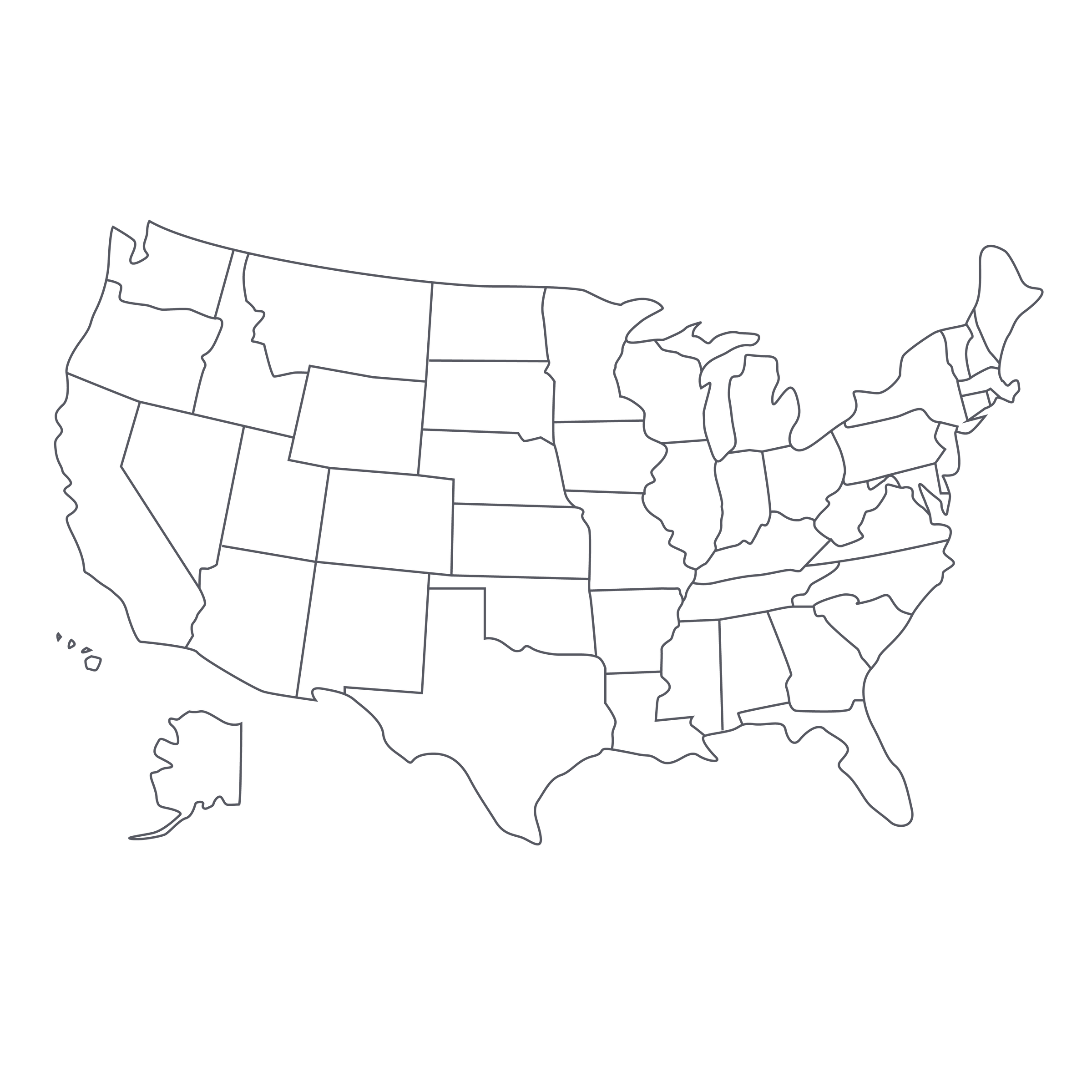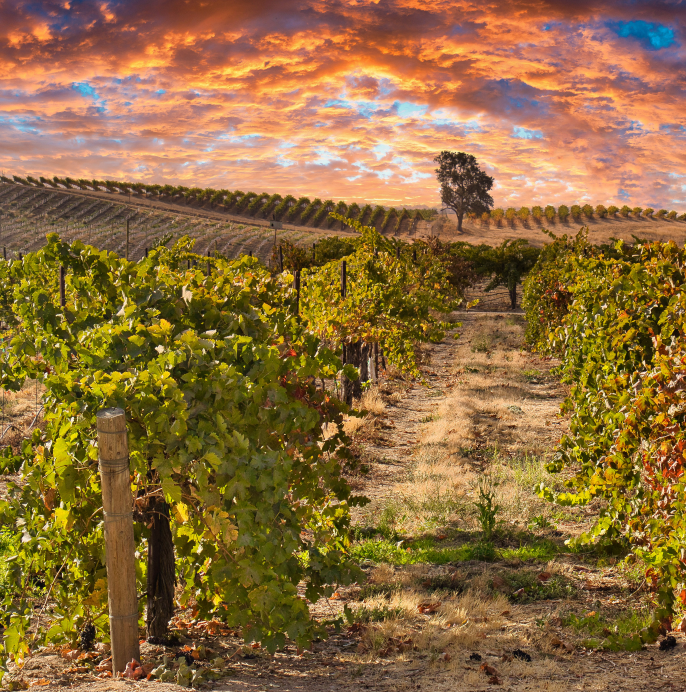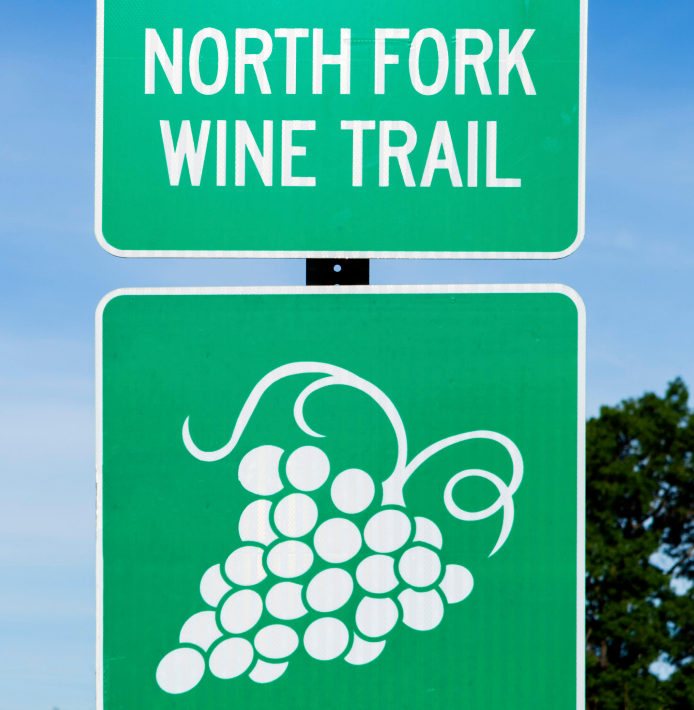The greatest ‘second’ wines of Bordeaux transcend their price point—which is to say that the difference in quality between the second and ‘first’ wines is smaller than the difference in price. Today’s wine from Philip Togni Vineyard most certainly fits this description, especially in a great vintage like 2015.
After visiting the property last week, I learned “Tanbark Hill” is not a second wine in the traditional sense (where it is made from lots which don’t make it into the first), but one for which 95% is sourced from a single vineyard on the estate—a site known over the years to produce marginally less structured wines that mature earlier than the Togni flagship. Now in his nineties and still going strong—with his winemaker daughter, Lisa, maintaining the estate’s trademark elegant style—Togni is a living legend in Napa. The Togni wines are in some ways a throwback to the more classical, Bordeaux-influenced wines of the 1970s and ’80s, and while this ’15 shows more richness than the ’14 we offered last year, it still falls on the classically-proportioned end of the Napa spectrum. If this winery’s name sounds familiar, it’s probably because Togni’s flagship wine has received a string of top-scoring reviews from the most astute critics, with Antonio Galloni giving the 2013 a perfect score. All I could say upon tasting this edition of Tanbark Hill was that this is simply one of the greatest values in Napa today and should be purchased by the case and consumed over the next decade. The quality and real 'breed' blows away the modest price, so if you love Bordeaux and classic Napa Cabernets, do not pass this up!
It really doesn’t get any more traditional than this: When Philip Togni released his winery’s first Cabernet in 1983, he already had more than 20 California vintages under his belt. He had first arrived in Napa in 1959, to help plant Mayacamas Vineyards on Mount Veeder, then made acclaimed wines at places like Chappellet and Chalone, among others. This is a man mentioned in the same breath as people like Andre Tchelistcheff and Robert Mondavi—a seminal figure in the ‘60s/’70s Napa Valley wine revolution—and yet his winery, perched at 2,000 feet on Spring Mountain, is all about small-scale simplicity. There’s no Italianate mansion or wrought-iron gate, just 10 acres of hillside vines and a few cottage-style buildings where the Tognis live and work. This combination of continuity and humility may help explain why Tanbark Hill is so modestly priced!
British-born and French-trained (by the legendary University of Bordeaux professor Emile Peynaud, no less), Togni worked in Bordeaux (for another legend, Alexis Lichine) before relocating to California in 1958. His experience in the Médoc, which included a stint at Château Lascombes in Margaux, continues to inform his and Lisa’s winemaking decisions to this day. The Tognis have always strived for California Cabernets that channel the spirit of traditional ‘clarets’ from Bordeaux—balanced, aromatic, hard-backed wines with the capacity to age for decades.
Profiled in the
San Francisco Chronicle back in 2014, he described his wines as having “vinosity”; if you’re looking for a sweet, inky, lavishly oaked blockbuster, these wines aren’t for you.
As mentioned above, Tanbark Hill is a single vineyard within the Togni vineyards on Spring Mountain which they have realized makes incredible wine, it just has a touch less structure and tannin than the flagship; additionally, unlike most “second” wines of Bordeaux, the Tanbark Hill bottling is actually a smaller-production wine (about 400 cases total) in comparison to the “first,” or “estate,” wine (1,600 cases). Most of their wines are sold in small allocations around the world.
In classic Bordeaux fashion, the Tognis describe their blends in terms of how the vineyards are planted, rather than producing a new “tech sheet” each vintage. Currently, the vineyard composition is 82% Cabernet Sauvignon, 15% Merlot, 2% Cabernet Franc and 1% Petit Verdot. The soils are a well-drained mix of sandy/clay loam on a volcanic base, and harvest typically occurs in mid-October. This wine spent 20 months aging in French oak barrels, 40% of which were new.
The 2015 is a deep, nearly opaque crimson red in the glass with purple and garnet reflections at the rim, with a nose more than a little reminiscent of the greats of the Left Bank: blackberry, plum, cassis, violets, graphite, cedar, and accents of pencil lead and tar. It’s a ‘bigger’ wine (nearly full-bodied) than the ’14—richer and more forward—but that’s relative: In so many instances, California Cabernets are driven by their extract (the dissolved solids that lend viscosity), to the point where that concentrated fruit component masks the tannin/acid structure, like water breaching a dam. In this wine, the acidity and tannin are not only recognizable, they frame the fruit and keep sweetness in check. It’s a great study in classical ‘structure,’ in that you can really feel the component parts of the wine joining together to create harmony. If you’re enjoying it now, decant it about an hour before serving in large Bordeaux stems at about 60-65 degrees. If you’re planning on stashing it away, feel confident that it will age gracefully for 10+ years before starting to fade (although I wouldn’t be surprised to see this wine still going strong in 30 years if aged in a cold and dark cellar). Whenever you open it, be sure to prepare something suitably elegant and sumptuous, with a French twist: seems like a good time to re-share a
Tournedos Rossini recipe. Cheers!






